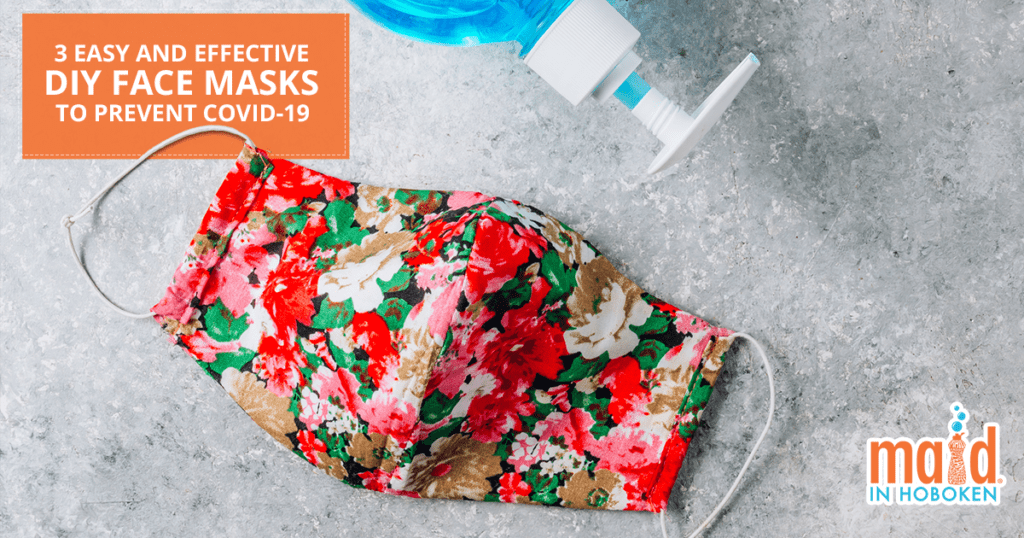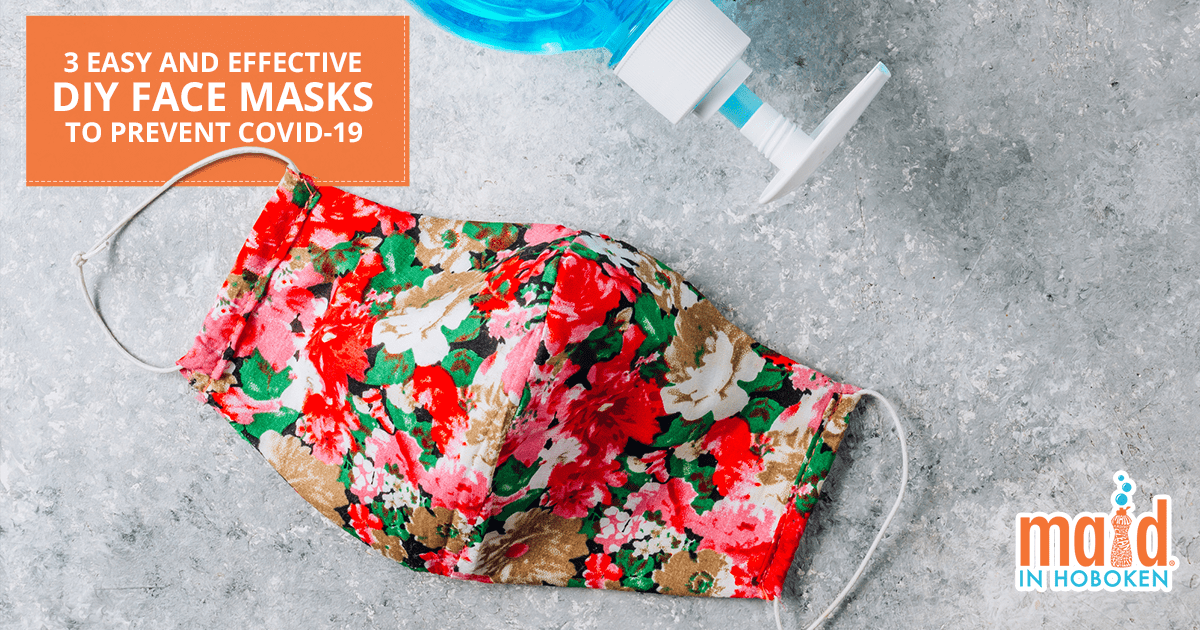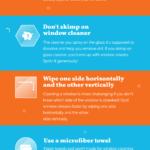
The Center For Disease Control and Prevention (CDC) now recommends the use of face coverings or DIY face masks to help slow down the spread of COVID-19. We must use these coverings in public settings like grocery stores and pharmacies, so many people are starting to make their own. There are many options for face masks to make at home, and in this blog, we gather the three most straightforward options for everyone.
So, keep reading to learn how to make your own homemade face mask.
Face covering with hair ties or rubber bands.
This is the easiest way to make a face covering. It doesn’t require sewing and it’s made with low-cost and available materials. However, you need multiple layers of fabric to make it effective, and also the final result might unravel quickly in a couple of hours. You have to do it right to make this face-covering endurable.
You need two things: a tightly knit cotton fabric, like a T-shirt or a big scarf, and two hair ties or rubber bands. Easy peasy, right? Now, you must cut the bottom seven or eight inches of the T-shirt, then put them on a table. The best way to fold it is from bottom to the middle and the other bottom to the middle, like a triptych. Then loop the ties or rubber bands around the left end and the right end a few inches, making it look like a can wrapper. Finally, fold the excess of material over the band so that the edges meet in the middle, adding an extra layer to the face covering. There! Just put the rubber on your ears, and you’re good to go.
Check the video tutorial here.
Face covering with built-in strings.
If your T-shirt or cotton fabric is big enough, you can use it to make this face-covering instead. For this option, you don’t need rubber bands, though. Just take your scissors and cut the same seven or eight-inch rectangle from your fabric. Later, take some measurements to consider the strings of your face covering and carefully use your scissor to give form to four lines coming out of each corner of your rectangle. And voila! Just tie the strings on your head.
Cloth face covering with a coffee filter
The CDC recommends using a coffee filter in your face covering to add another layer of protection. For this option, you can use a weaving machine or needle and thread to obtain better results. And don’t forget your strings, rubber bands, or hair ties.
Sewing your cloth mask will make the strings for your ears more firmly fixed on your cloth, just fold the top of the fabric a quarter of an inch, and make a “tunnel” to hold the elastics inside. This face covering has layers because you are going to fold in half the cloth. After you adjust the mask on your face to make holding your recently sewed strings, take it off and put between the two layers, the coffee filter (previously cut into a rectangle).
If you want more details of the process, check this tutorial.
Now that you know different options of DIY face coverings, you’re more prepared for these hard times. Remember that we are offering home cleaning services to prevent COVID-19. Schedule your service online.






